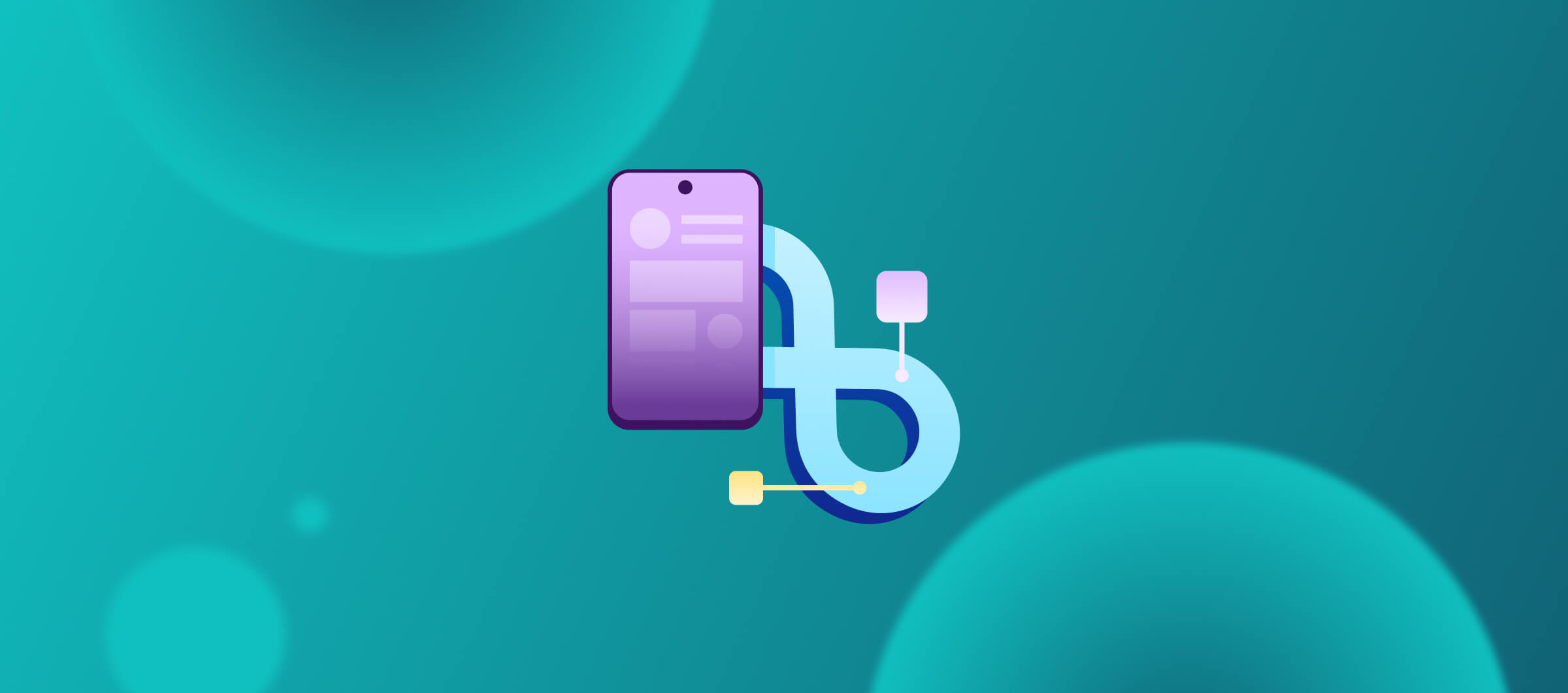In our latest customer video, we talked to engineers at Vestiaire Collective about their experience about how they shifted from Jenkins to Bitrise and how the time they saved allowed them to focus on improving their app for millions of users around the world.
If you haven’t seen it yet, you can watch the video here:
Key learnings from the team:
1. Shifting to a mobile-first business model requires you to take mobile seriously
The company originally started off with a web-based business model, but three years ago, they decided to shift towards a mobile-first approach. By now, their iOS and Android applications represent the majority of their business, user engagement, and revenues.
To stay ahead of the market and to keep up with the rapidly evolving industry trends, they need to remain pragmatic and efficient — while offering an innovative, smooth experience to their millions of customers worldwide.

2. Stable, transparent CI is essential to improve the developer experience
A few years back, the initially small mobile team was using Jenkins on self-hosted machines. As their mobile team started growing in importance, they knew they needed a cloud-based, mobile-specific solution and ultimately chose Bitrise.
“The platform enables developers to see whether compilations succeed or fail and deploy to the app stores with a few clicks. And I don’t have to maintain Jenkins over the weekend.”
Being able to easily set up and change pipelines and shadow jobs by cloning the workflow and running it in this specific branch helps the team find and fix issues quickly and easily. On top of that, Bitrise also allows them to experiment and iterate on development pipelines without affecting production or the main developer experience.
3. Using next generation machines can accelerate your builds by 50%
Last year, the mobile team at Vestiaire Collective started using Bitrise’s Gen2 machines — the next generation of Bitrise Build Infrastructure with improved performance, stability, and security, running fully on macOS, with a macOS-based hypervisor, cloud-scale orchestration.
The result speaks for itself: after the switch, they managed to decrease their pipeline times by 50%.
For more info on how other teams optimized their engineering efficiency thanks to Gen2 and Velocity, read our benchmark report!
4. Implementing analytics and monitoring help you optimize your pipelines
To monitor their builds, the mobile team uses Bitrise’s Build Insights, a CI/CD performance monitoring tool. This gives them a clear visibility of their pipelines: they can track build times, success rates, and see how many times a pipeline is triggered — in one single dashboard.
“Keeping an eye on those metrics is really important for the whole team to identify pain points early — if we notice that a pipeline’s build time is increasing over time, we can take early action to mitigate the issue, instead of letting it snowball into a bigger issue.” — Victor Yan, Team Lead, Core Mobile iOS

5. To scale your app, you need secure and flexible tools
The flexibility and scalability of a CI solution is crucial, both when it comes to scaling the team and expanding internationally. The mobile team uses tools to make sure they maintain the quality of their app and scale the right way.
“Bitrise’s main benefit is the flexibility and the safety it brings to supporting our processes and managing our CI/CD pipeline. It scales easily and transparently, whenever we have new teams or onboard new engineers.” — Rémi Bouchez, Head of Mobile Engineering




